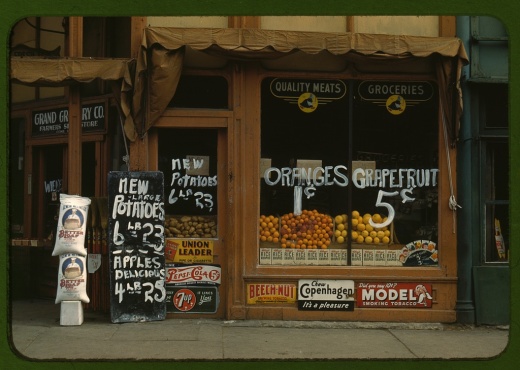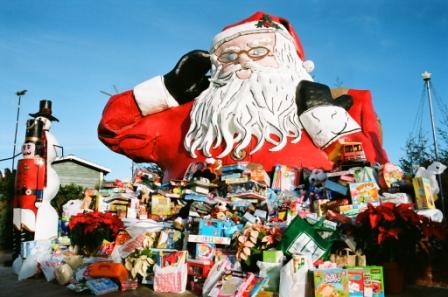Oxnard High School Stadium is Named After Three-Time Olympic Gold Medalist Houser
/I was at a kids track meet at Oxnard High School the other day when I stopped to admire the school track and field records reflected on the large sign shown above. In admiring my way through the impressive array, I did a double take when I saw the boys' shot put record. Bud Houser has the record of 56' 3" that was set in 1922. This record is 92 years old!!
That's not something you see every day. So I took a look at the Oxnard High School website alumni section, which indicated that 1922 graduate Clarence "Bud" Houser went on to compete at the 1924 Olympics in Paris and won the gold medal in both the shot put and the discus throw! No one ever since has won gold medals in both of these events at the same Olympics.
He returned to the 1928 Olympics in Amsterdam and earned another gold medal in his only event that year, the discus throw. Competing in the Olympics three times and earning the gold medal each time is pretty darn epic if you ask me. Bud Houser is a legend. I'm not the only one to observe that as the Oxnard High School stadium is named after him!
Houser was a three time national champion in the discus and two time champion in the shot put (including 1921, while he was still in high school). He held the world record of 158 feet, 1 3/4 inches in the discus throw from 1926 to 1929.
In 1979, at the age of 78, Bud was inducted into the USA Track & Field Hall of Fame. He later enrolled in the dentistry program at USC and opened a dentistry practice in Palm Springs. He died in 1994 at the age of 93.















